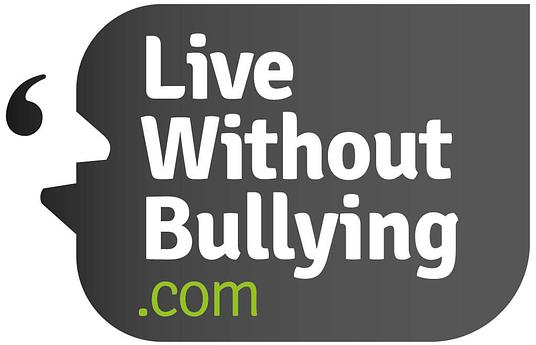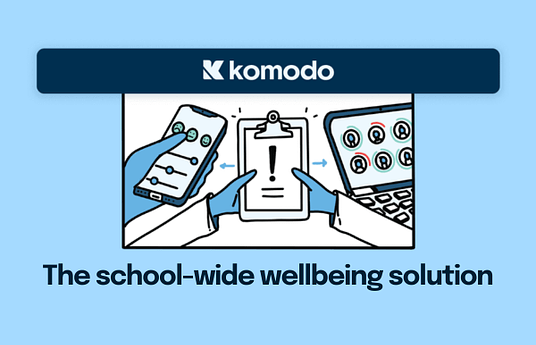More than a shift within the fashion sector, the meaning/attention we give to garments (2nd skin) could be radically transformed, giving more value and enhancing its educational abilities. Working in the fields of innovation/sustainable development, we believe it is essential to consider societal changes in a holistic way, notably through intersectoral approaches and interdisciplinary learning.
Wear-Abouts explores how garments (physical and digital), can propose an additional content to the clothes through the fabric’s motifs, which can be updated regularly. (See Implementation steps below).
The first Wear-Abouts x Baltic Sea prototype is addressing the WILDFOODS theme (nature and nurture).
It draws inspiration from the Nordic healthy diet and innovations in this sector as well as the widely spread culture of picking wild foods in the Nordic and Baltic countries (wild berries, innovative use of oat, clean air, pure water, hygiene, traceability, environmental issues and animal welfare). This theme has been chosen in order to help children and adults around them reconsider the content of their plates, the origin and virtues of the products consumed, the manufacturing and distribution chains for products as well as the usefulness of the direct link between the consumer and the source of the products, such as picking, cultivation or local supply.
The project has been supported by EU COSME WORTH and Nordisk Kulturfond programs and benefited from creative sessions with young people/educators/families during the Helsinki Children's Design Week and with a kindergarten and primary schools in Helsinki. The project enabled the creation of operational prototypes and was presented during the Milan and Dutch Design Weeks.
The research project continues and addresses evolving forms of the initial prototypes, but also explores other approaches, in particular leading a reflection on virtual clothing but also the use of technologies such as virtual reality and haptic design.
It is also connected with the International Research Network IN2FROCC and Designing for Children's Rights D4CR association, Laetitia Barbu being an active member of both.
There are several forms of collaboration:
- Use of the prototypes as they were developed (the prototypes exist physically as well as virtual 3D garments and can be used through a simple screen, without the physical garment)
- Adaptation of the prototypes for a specific framework/context
- Collaboration around the development of the prototypes, in particular tests with a specific audience/framework



